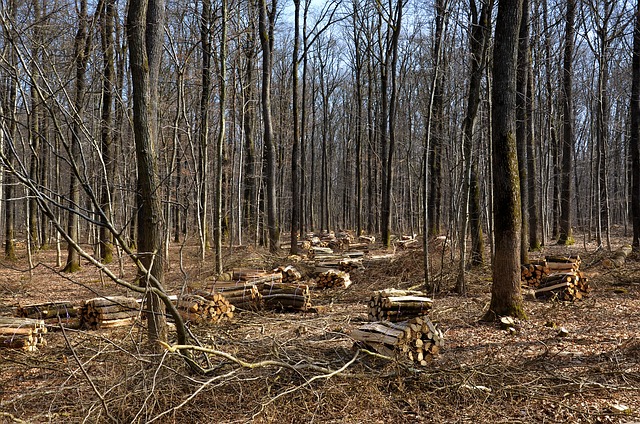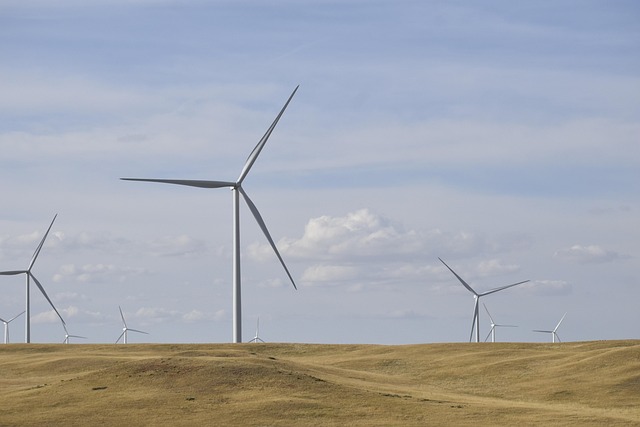
Habitats Shifting as Sea Levels Rise Under Climate Change
The gradual rise of global sea levels, driven by the accelerated melting of polar ice sheets and the thermal expansion of ocean waters, is forcing a remarkable shift in the distribution of natural habitats. As the shoreline retreats inland, ecosystems that once thrived at the interface between land and sea must either adapt, migrate, or face decline. This transformation is not just a distant scientific curiosity; it is reshaping biodiversity, altering fisheries, and challenging coastal communities worldwide. In this article, we explore how rising water levels reshape habitats, the ecological consequences of these changes, and the strategies that might help preserve the delicate balance between land and sea.
Coastal Mangrove Forests: From Ground to Water
Mangrove forests, the tangled thickets that line tropical coastlines, serve as vital nurseries for countless fish species, protect shorelines from erosion, and sequester vast amounts of carbon. As sea levels climb, many mangrove stands experience saltwater intrusion, increased inundation, and shifts in sediment deposition. In some regions, mangroves have shown remarkable resilience, moving inland in search of suitable depth and salinity gradients. However, rapid sea-level rise can outpace this migration, trapping mangroves in unsuitable habitats or forcing them into shallow water where root systems struggle to anchor.
- Salt tolerance and propagule dispersal are key traits that determine a mangrove’s ability to keep pace with the shoreline.
- When mangroves are displaced, the loss of coastal protection accelerates shoreline erosion and threatens adjacent human settlements.
- Restoration projects that create artificial barriers or transplant mangrove seedlings have shown promise in re-establishing these critical habitats.
Coral Reefs: Fragile Beacons in a Changing Ocean
Coral reefs, often called the “rainforests of the sea,” host an astonishing diversity of marine life within a small area of the ocean floor. Rising sea temperatures and ocean acidification directly threaten the calcification processes that allow coral polyps to build their skeletons. Even as sea levels increase, the shallow waters where many reefs thrive become less hospitable, pushing corals into deeper, cooler zones. Yet deeper waters lack the light necessary for the symbiotic algae that live within coral tissues, creating a precarious trade‑off.
“Coral reefs are highly sensitive to both thermal and chemical changes in the water column, and their survival hinges on the delicate balance between growth and stress,” says Dr. Maya Nayar, a marine ecologist specializing in reef systems.
The loss of reef habitats not only diminishes biodiversity but also weakens coastal defenses, leaving nearby communities more vulnerable to storm surges and tsunamis.
Estuarine Ecosystems: Where Fresh and Saltwater Meet
Estuaries, the dynamic environments where rivers meet the sea, support rich fisheries and serve as critical buffers against flooding. Sea-level rise alters salinity gradients, water depth, and sedimentation patterns within these zones. As salinity increases, freshwater species that rely on estuarine habitats for spawning and growth may be forced to seek new, often deeper, waters. Conversely, increased inundation can submerge important spawning grounds, reducing reproductive success.
- Salinity shifts can lead to the replacement of freshwater species with salt‑tolerant ones, altering food webs.
- Water depth changes influence the availability of benthic habitats crucial for juvenile fish.
- Management approaches that maintain or restore tidal connectivity are essential for sustaining estuarine health.
Peatlands and Salt Marshes: Carbon Sinks at Risk
Peatland swamps and salt marshes act as natural carbon sinks, sequestering carbon dioxide and reducing greenhouse gas emissions. Rising sea levels can inundate these wetlands, accelerating decomposition and releasing stored carbon back into the atmosphere. In salt marshes, increased salinity and water depth can reduce plant productivity, limiting the marsh’s ability to build vertical soil layers that keep pace with rising water.
When these habitats degrade, their role in carbon sequestration diminishes, creating a feedback loop that further accelerates climate change. Conservation efforts that focus on restoring hydrological regimes and planting salt‑tolerant vegetation are critical for maintaining the ecological services these wetlands provide.
Implications for Human Communities
Coastal communities are intimately connected to the habitats that surround them. Fisheries, tourism, and cultural practices often depend on the health of mangroves, reefs, and estuaries. As sea levels rise, these communities face increased risks from flooding, storm surges, and the loss of productive habitat. Adaptation strategies—such as building elevated structures, relocating critical infrastructure, and implementing nature-based solutions—can mitigate some of these risks while preserving the ecological integrity of habitats.
- Community-led mangrove restoration projects have shown that local involvement can lead to sustainable outcomes.
- Integrated coastal zone management plans that combine engineering solutions with ecological restoration provide a more resilient approach.
- Education and awareness campaigns empower residents to understand the links between climate change and habitat health.
Policy and International Cooperation
Addressing the complex challenges posed by sea‑level rise requires coordinated policy responses at local, national, and international levels. Agreements such as the Paris Agreement set targets for reducing greenhouse gas emissions, but the implementation of adaptive measures—such as coastal protection plans and habitat restoration funding—must be tailored to each region’s unique ecological and socioeconomic context.
“Global cooperation is vital, but the true success lies in empowering local governments to implement science‑based strategies that protect both people and habitats,” emphasizes the Coastal Resilience Task Force.
Policy frameworks that incentivize the preservation of natural buffers, like mangroves and wetlands, can simultaneously reduce climate risks and preserve biodiversity.
Research Gaps and Future Directions
While significant progress has been made in understanding how habitats respond to sea‑level rise, many knowledge gaps remain. Long‑term monitoring of sediment dynamics, species migration patterns, and ecosystem services is essential to refine predictive models. Additionally, research into the genetic adaptability of key species—such as mangrove seedlings and coral larvae—could unlock new avenues for conservation.
- High‑resolution remote sensing provides unprecedented detail on shoreline changes, but ground‑truthing remains critical.
- Interdisciplinary studies that integrate oceanography, ecology, and social science can offer comprehensive solutions.
- Citizen science initiatives enable broad participation and foster a deeper public understanding of habitat dynamics.
Conclusion: A Call to Preserve Habitats in a Rising World
The relentless advance of sea levels is reshaping habitats in ways that challenge the resilience of both natural ecosystems and human societies. From mangrove forests to coral reefs, estuaries to peatlands, each habitat faces unique pressures that threaten biodiversity, ecosystem services, and cultural heritage. Yet, through informed policy, community engagement, and scientific innovation, it is possible to safeguard these critical environments. Protecting habitats amid a changing climate is not only an ecological imperative but also a moral one, ensuring that future generations inherit a world rich in life and resilience.



